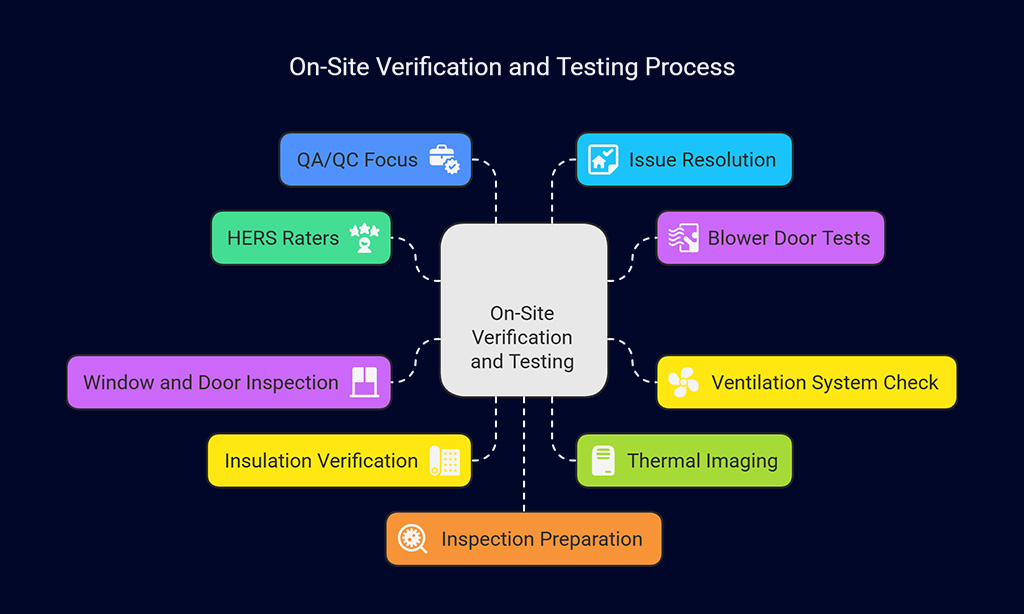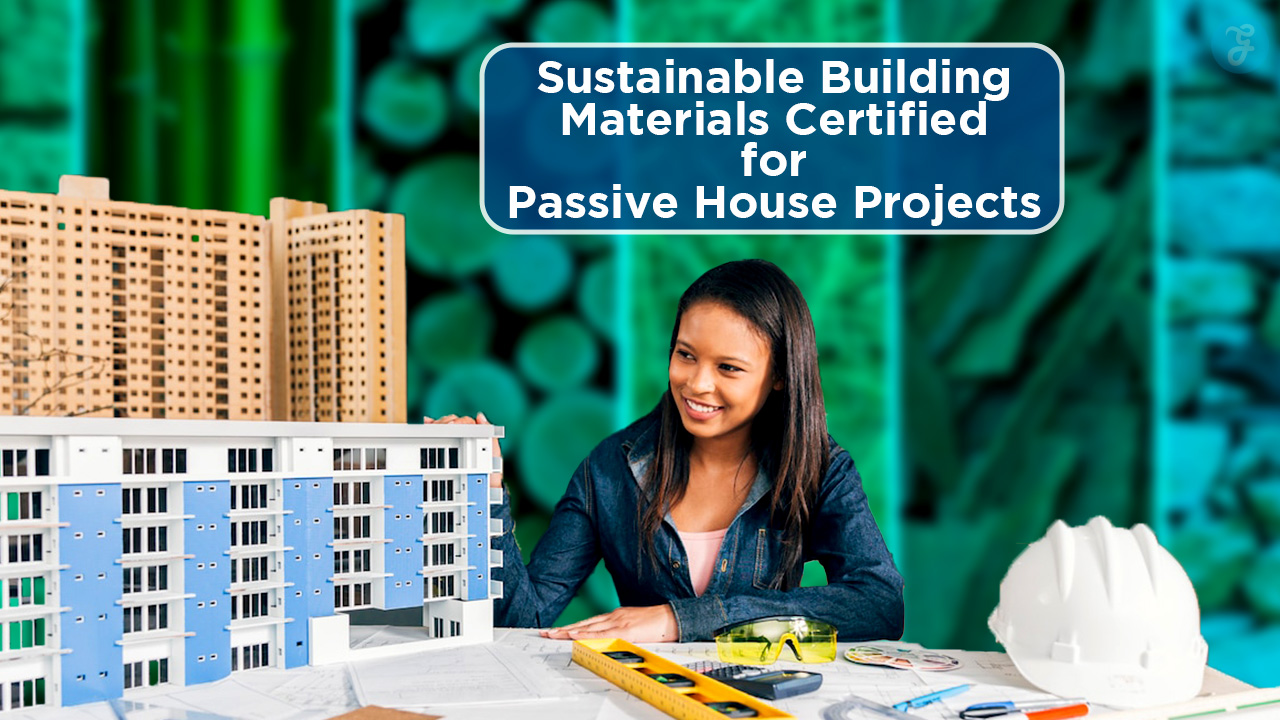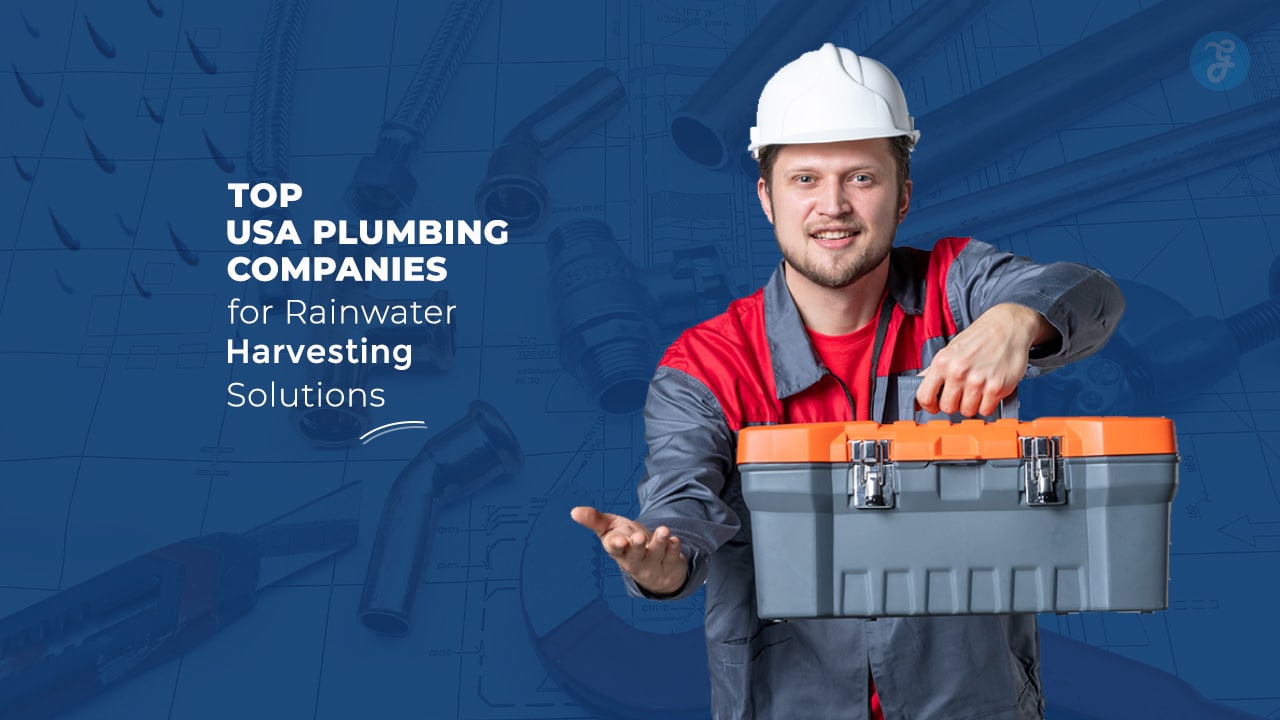Want a better, more comfy building? Phius is the top passive building program in North America. We can help you build buildings that save energy and feel great. This guide shows you How To Achieve PHIUS Certification in ten easy steps.
Keep reading and learn how!
Key Takeaways
- Phius is North America’s top passive building program. It helps you save energy. Over 7,000 projects are Phius certified.
- Quality checks and tests are key. HERS raters check your work. Blower door tests measure air leaks.
- Use passive building ideas. Good insulation helps. Use efficient water heaters. Solar arrays can help, too.
- Show all your work with documents. Include energy reports and building plans. The Phius Guidebook 2024 comes out September 24, 2024.
- Climate matters for Phius. The Phius Alliance knows North America has different weather.
Exploring PHIUS Certification Requirements
Passive building certification is a path to comfortable buildings. The Phius Alliance sets high standards. The Phius certification program is North America’s top choice. Energy efficiency is key.
Over 7,000 projects are Phius certified. These phius certified projects cover 7.4 million square feet.
Quality assurance is vital for certification. On-site inspections check for quality control. HERS raters play a big role. Phius uses standards from Energy Star. It also meets DOE Zero Energy Ready Home rules.
Certified homes follow RESNET HERS Index rules. You will also meet EPA Indoor airPLUS standards.
Analyze Climate-Specific Needs for PHIUS
Buildings must meet local climate demands. The Phius standard uses climate data. This helps optimize performance. The Phius Alliance knows North America has varied weather. So, energy-efficient buildings face design problems there.
Consider using tools like HERS raters. They can assess your home’s energy use, for example.
Thinking about weather is key to passive house design. This means using passive building principles. It also means knowing building science. The Phius Certification Team checks projects for risks.
This team wants to give you quality assurance and quality control, or QA/QC. The U.S. DOE Building America Grant helped create the Phius standard for three years.
Plan for Enhanced Energy Efficiency
Energy efficiency is key. Think about passive building principles. These ideas help lower energy use. You can use things like cellulose insulation. Good insulation keeps heat in or out.
Also, think about efficient water heaters and dryer units.
Chris Benedict seeks cost-neutral PHIUS projects. Plan to cut annual energy use. Renewable energy helps a lot. PHIUS uses DOE’s Zero Energy Ready Home protocol, too.
Implement Renewable Energy Systems
Think about using the sun. Solar arrays can help. They offset your energy use. PHIUS certification wants renewable power. It can offset all yearly energy use.
Consider heat pumps, too. Heat pump water heaters are great. A solar array and heat pump work well. This helps you meet RESNET HERS Index rules. Sam Rashkin (DOE) knows passive building helps.
Conduct On-Site Verification and Testing
Get ready to prove your building meets PHIUS standards through on-site checks. Third-party testers will carefully look at your work.
Here is what to expect:
- Hire HERS raters for testing. They have training for Phius projects. These raters know what to look for.
- Schedule blower door tests. Blower doors measure air tightness. A leaky building wastes energy. Energy efficient buildings pass this test.
- Check the ventilation system. Make certain it works right. The system needs to bring in fresh air.
- Inspect windows and doors. Look for gaps or leaks. Even small leaks add up.
- Verify insulation levels. Insulation keeps buildings comfortable. It also lowers energy costs.
- Do thermal imaging. Find hidden areas of heat loss. Fix these spots to improve energy efficiency.
- Focus on quality assurance/quality control (QA/QC). Chris Dwyer and James Moriarty value QA/QC. High-quality work leads to Phius certification.
- Address any issues found. Fix problems before the final inspection. Clear verification helps get certified.
- Prepare for on-site inspections. The Phius Alliance may visit the project. They check for passive building principles.
- Keep detailed records of tests. Good records show you meet all rules. Your documentation aids the postal service.
Document Submission for PHIUS Certification
Making sure your paperwork is right is key to PHIUS certification. Follow these steps to get your documents ready.
- Collect all energy modeling reports. Gather your building plans. Get any energy efficiency details. You will need them all.
- Show how you used passive building principles. Explain how you met the PHIUS standards. The Phius Alliance wants to see your work.
- Include results from on-site inspections. A HERS Rater can help you. Show that your project meets all rules.
- Share your quality assurance data. Quality control is very important. Good QA/QC helps avoid problems.
- List all products used in your energy efficient buildings. Give details on windows and insulation. Proper products help with energy use.
- Send proof of any virtual training your team took. PHIUS has trained over 3,000 pros. Show that your team knows passive house design.
- Add data from any blower door tests. These tests check for air leaks. Air tightness helps with comfort.
- Submit your hygrothermal analysis. This checks for moisture risks. Risk management is important.
- Be aware, the Phius Certification Guidebook 2024 comes out September 24, 2024. Use this guide to help gather your documents.
- Check the Phius Certified Projects Database. See how other phius certified projects did it. Learn from their knowledge.
Takeaways
Going Phius certified can feel like a big lift. It is worth it for better buildings. Use this checklist to make it happen! Phius homes and constructions, along with software, will offer savings and comfort for years.
FAQs
1. What is PHIUS certification for buildings?
It means your building is very energy efficient. PHIUS certified projects use passive building principles. This makes comfortable buildings that save energy.
2. How does passive building certification help me?
It helps you build better. You learn about building science. You also learn how to make buildings that use less energy.
3. What is quality assurance/quality control (QA/QC) in this process?
QA/QC is how you check your work. It helps with risk management. On-site inspections are part of it. HERS raters may help too.
4. How can I learn about PHIUS?
The PHIUS Alliance has training. They have virtual training and online courses. You can become a certified passive house consultant. Mass Save may also have info.
5. Who can help me with PHIUS certification?
A registered architect or a registered professional engineer can help. They know about energy efficient buildings. They can guide you through the process. You will be an examinee.













































